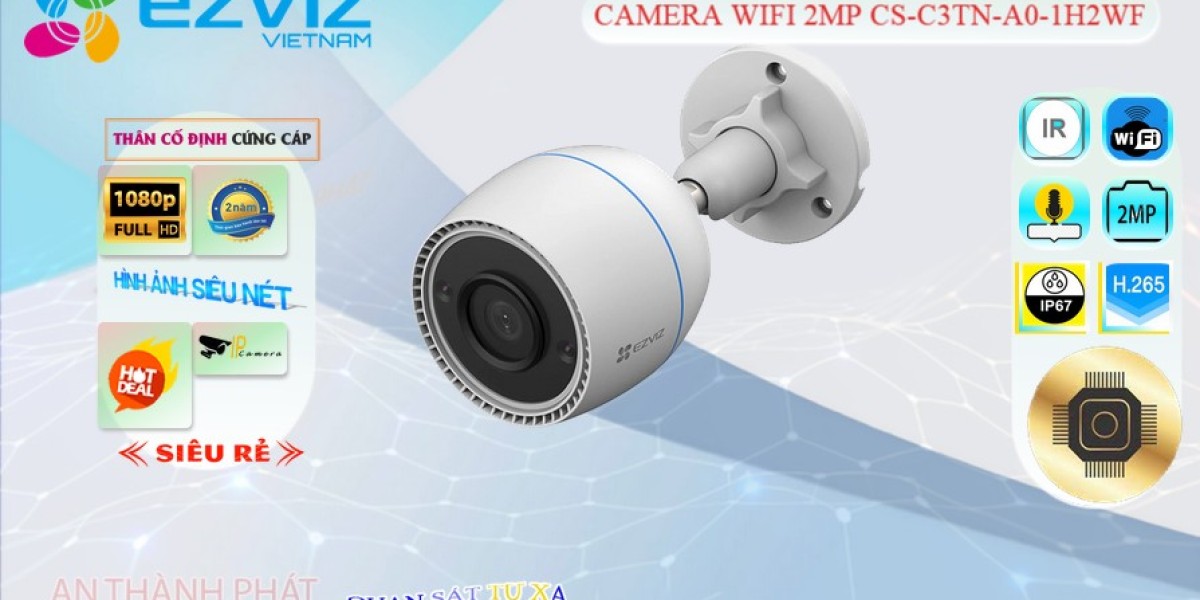Key Features of SMS SPI
- Message Sending and Receiving: Allows applications to send and receive SMS messages.
- Delivery Reports: Provides status updates on message delivery.
- Message Queuing: Ensures messages are sent in the correct order and handles retries.
- Security: Supports secure communication channels to prevent unauthorized access.
- Integration: Easily integrates with other systems and platforms, such as CRM and ERP systems.
Related Technologies
SMPP (Short Message Peer-to-Peer Protocol):
- Function: A protocol used by the telecommunications industry for exchanging SMS messages between SMS peer entities, such as short message service centers (SMSC) and external short messaging entities (ESME).
- Features: High throughput, reliability, and support for both one-way and two-way messaging.
HTTP APIs:
- Function: Web-based APIs that allow developers to integrate SMS functionalities into their applications using standard HTTP requests.
- Features: Easy to implement, widely supported, and suitable for various programming languages.
RESTful APIs:
- Function: A subset of HTTP APIs that adhere to REST (Representational State Transfer) principles, ensuring stateless communication and scalability.
- Features: Simplifies integration, uses standard HTTP methods (GET, POST, PUT, DELETE), and supports JSON/XML data formats.
WebSockets:
- Function: Provides full-duplex communication channels over a single TCP connection, allowing real-time SMS delivery and updates.
- Features: Low latency, efficient use of resources, and real-time interaction.
USSD (Unstructured Supplementary Service Data):
- Function: A protocol used by GSM cellular telephones to communicate with the service provider's computers.
- Features: Real-time session-based communication, used for interactive services like mobile banking.
Applications of SMS SPI and Related Technologies
- Marketing Campaigns: Automating SMS marketing campaigns to reach customers with promotions, updates, and personalized messages.
- Customer Support: Providing customer support through SMS, enabling quick and efficient communication.
- Authentication: Implementing two-factor authentication (2FA) via SMS to enhance security.
- Notifications: Sending timely notifications and alerts, such as appointment reminders, order confirmations, and emergency alerts.
- IoT (Internet of Things): Integrating SMS functionalities into IoT devices for remote monitoring and control.
Conclusion
The SMS Service Provider Interface (SMS SPI) and related technologies play a crucial role in modern communication systems. They offer robust, reliable, and scalable solutions for integrating SMS functionalities into various applications, enhancing communication, security, and user experience. By leveraging these technologies, businesses can streamline their operations, improve customer engagement, and stay ahead in the competitive market.








